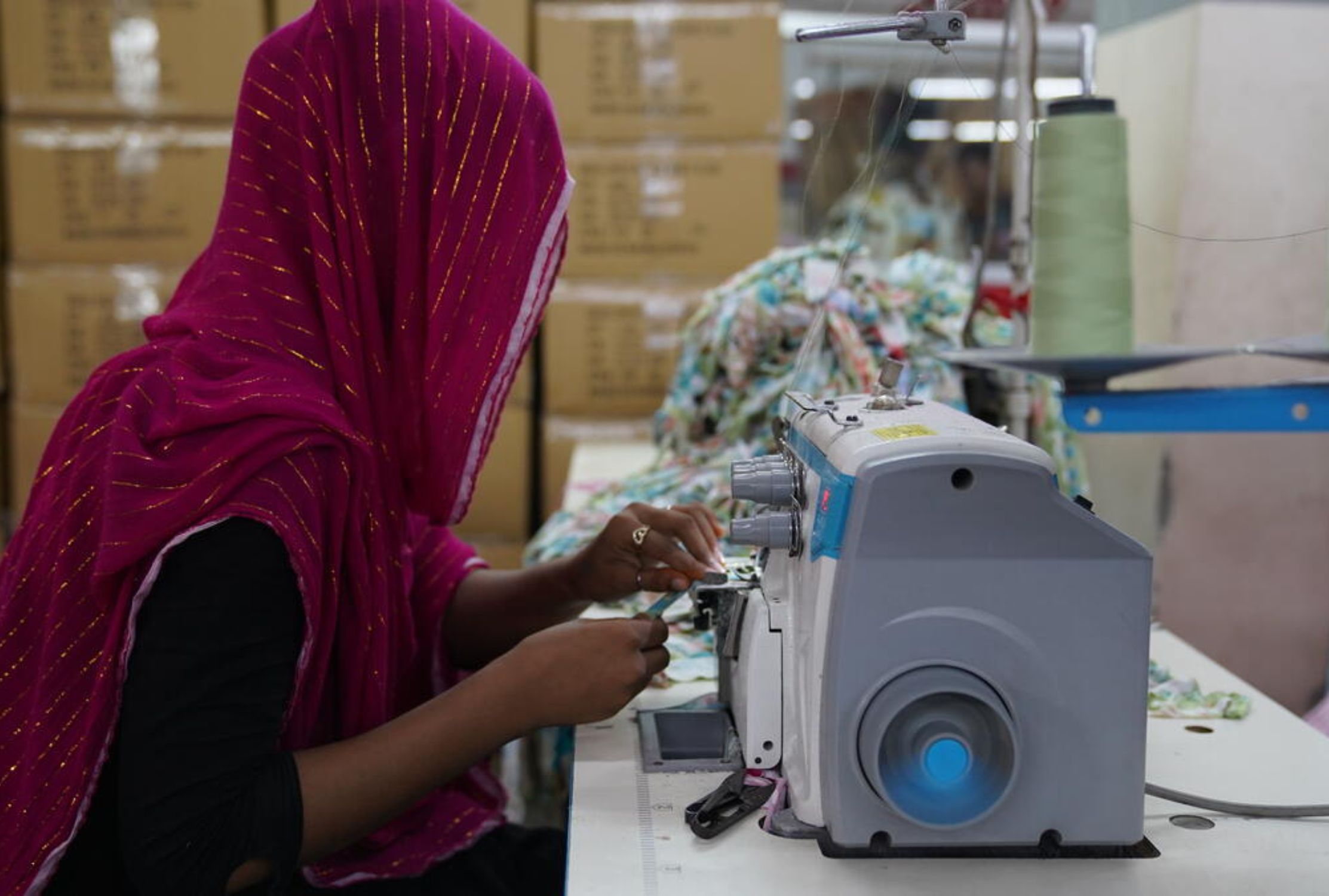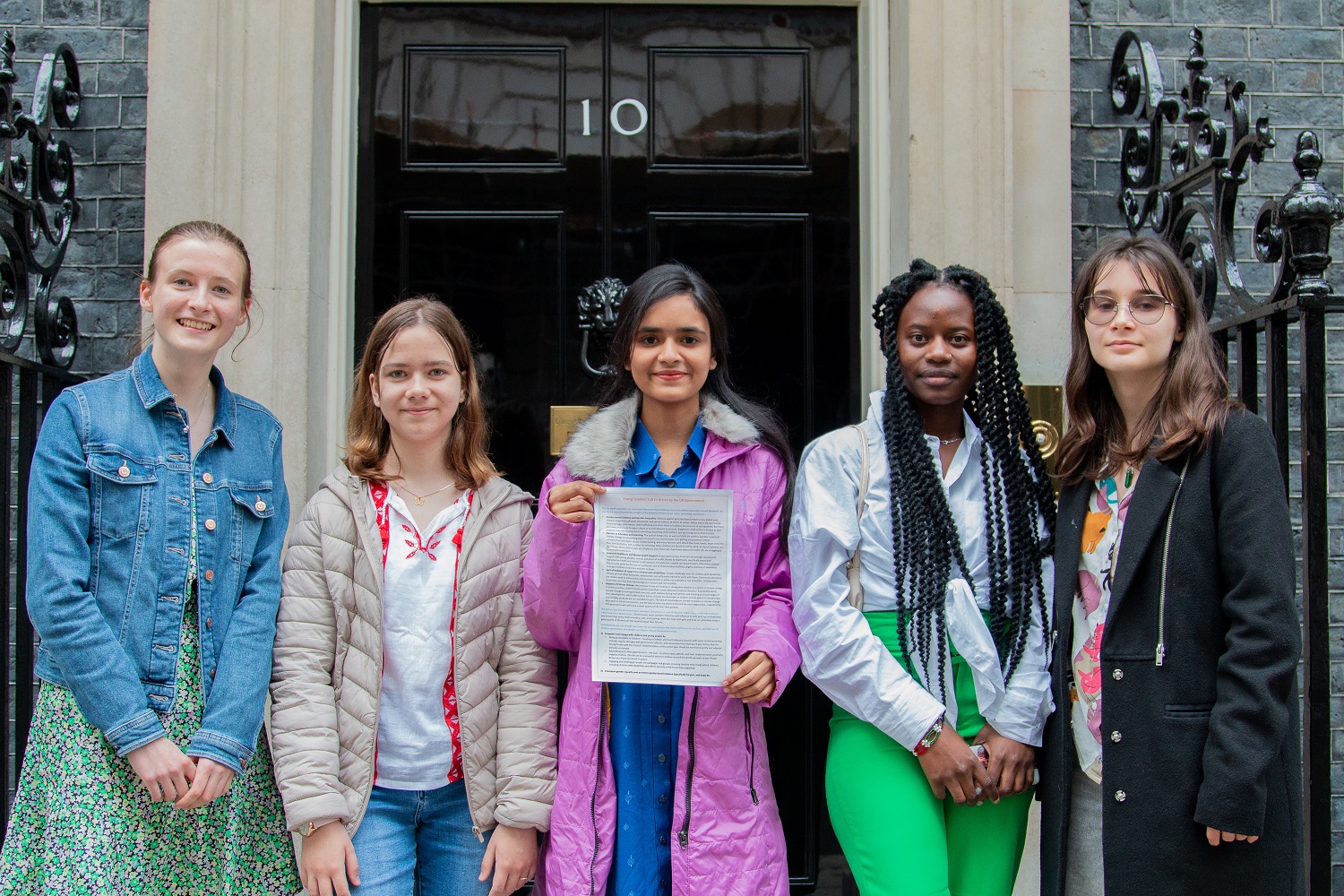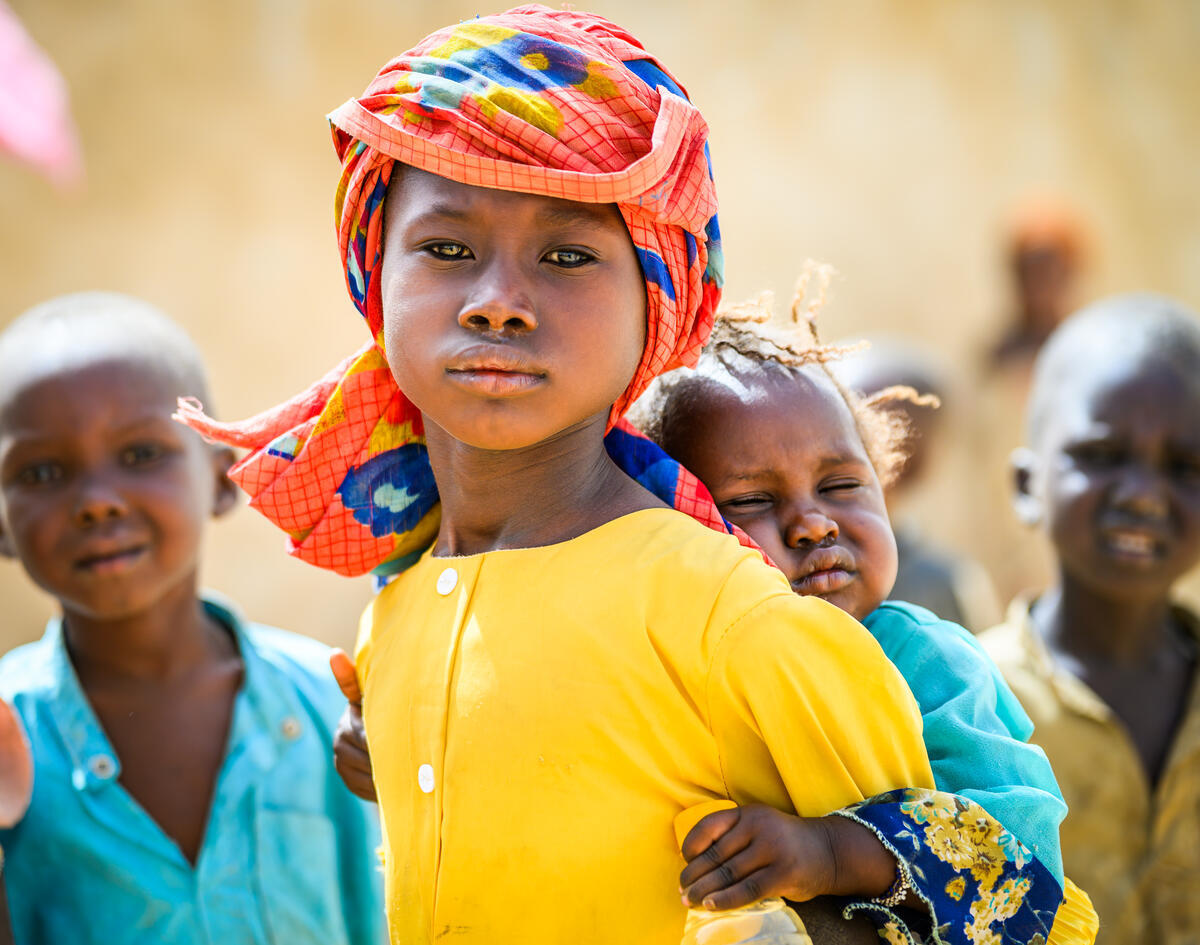What is child labour?
All over the world, children are being exploited through child slavery and labour.
The child labour definition is “work that deprives children of their childhood, their potential and their dignity, and that is harmful to physical and mental development.” The worst forms of child labour include illicit activities like child slavery, sexual exploitation, child trafficking and hazardous work that put children at risk of death, injury or disease.
World Vision centres on protecting children from child labour: teaching children to know their rights, helping them and their families into better livelihoods, providing them with vocational training or education, and working with parents and communities to ensure that children's futures are not stolen by labour exploitation.
Another important factor in child slavery and labour protection is advocacy - which is where your voice is particularly powerful. We lobby for national policies to be put in place so that children’s rights are prioritised; this includes the right to education and protection from economic exploitation.









